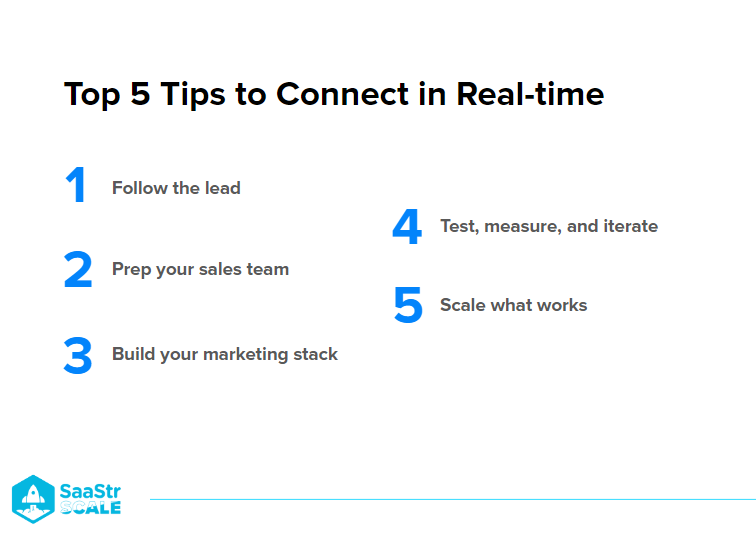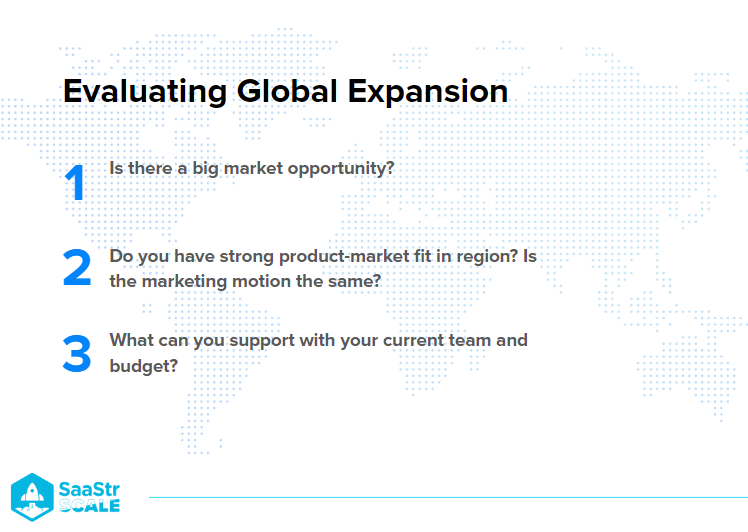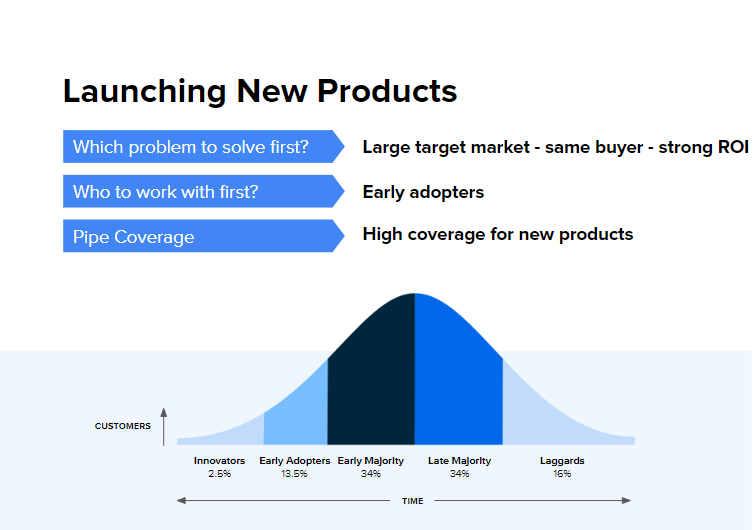Samsara makes telematic and safety devices for physical operations (i.e., tools that measure and monitor what’s happening in a vehicle.) In achieving over $724M in ARR and growing to 2,000+ employees since its founding in 2015, they have learned a thing or two about developing a business.
Sarah Patterson, Samsara’s Chief Marketing Officer, has been there to learn these lessons along with them. Sarah joined us on SaaStr at Scale and shared three lessons to help businesses scale their revenue.
Lesson #1: Speed to Lead
One of the mantras for customer service has always been “Show Me You Know Me”—to speak your customer’s language and to reflect their world to them. But would you be surprised to learn that it takes an average B2B sales team two days to respond to a lead? You might be thinking, aren’t these prospects checking out competitors during that time? Yes, they are.
That’s why connecting to prospective customers in real-time is critical. Businesses that respond to leads in less than five minutes are 100x more likely to connect and convert these opportunities. Here are Patterson’s top five tips to achieve the speed to lead:
- Follow the lead. Track how long leads are routed to the sales team – and if it takes hours or even days, move to fix that process. Consider lead scoring: identifying your top leads and ensuring your sales team follows up with them quickly.
- Prep your sales team. The more tightly aligned the sales team becomes with your messaging, the more seamless it makes your customer’s journey. Work to align your customer success and your renewal teams.
- Build your marketing stack. Develop the right tools that allow you to follow up faster. Prioritize your leads, route them quickly to the right team, and enable those teams to reach out with all the relevant information ASAP.
- Test, measure, and iterate. Focus on scaling what works best, but don’t over-engineer and waste valuable time. Do take time, however, to build the right dashboards to measure the data you need most.
- Scale what works. When you know something is working, you invest in scaling it.
“It isn’t about sending an automated response…It truly is about making that human connection as quickly as possible.”

Lesson #2: Global Expansion
Samsara has also learned powerful lessons from expanding its product into novel markets. As a company, they chose to grow slowly, lest they spread themselves too thin. At the same time, they also needed to lay the groundwork to facilitate a successful expansion.
For example, while expanding into Mexico, they needed to understand the challenges they might face in the local market. Mexico has different traffic patterns and speed limits than the U.S., and local cultural values may not accept data-gathering devices as readily as the U.S. market.
They sent an experienced member of their U.S. team, who spoke the local language, to talk with clients about their needs, purchasing decisions, and what channels could be tested and refined to make this expansion successful. Samsara found a repeatable motion that allowed them to invest in a local team familiar with the challenges. As a result, they achieved a 15x return on their marketing investment.
Other layers of evaluation allowed Samsara to go all in with its global expansion plans. For one thing, Samara asked themselves if there truly was a big market opportunity. And, if so, what did the competitive landscape look like?
Secondly, they still needed to confirm that they had a robust product-market fit for the region and if the marketing motion remained the same. You can’t assume that your product works everywhere. Take time to grasp the marketing nuances. Be curious!
And finally, what can you support with your current team and budget? Be cautious until you know you have the recipe for success, and only then add to it with the necessary people and budget.

Lesson #3: Journey to Multi-product
If you succeed with your first product, you’ll develop a critical customer feedback loop. After helping customers succeed with your first product, figure out what other problems you can solve for them – and as you progress, you’ll uncover new use cases and add more products and features to the cloud.
As you expand into a multi-product arena, you’ll find that folks will be happy to work with you and buy more products. It comes with different problems and questions, though. For example, which problems do you need to solve first?
In a large target market with the same buyer and strong ROI, take your customer insights, and test them across all other customers.
As you move forward, always appreciate the value of your early adopters. You need to find customers who are OK with helping you to debug your product as you develop it—because, further down the line, these same customers will serve as your greatest advocates.
As for pipe coverage, you must ensure high coverage for new products. But since the rates for your previous products may not hold for the new ones, don’t hesitate to rethink your metrics for measuring success.
“Building a new product for a new buyer in the company was just as hard as starting a company all over again.”

Key takeaways
- Time matters, and your “speed to lead” will help you to build the strong foundation you need going forward.
- As you expand globally, use local knowledge to achieve global leverage. Be curious while on the ground. Question whatever assumptions you might have.
- When the time comes to embrace a multi-product approach, you’ll always be stronger working with your customers: be customer-led, build a pipeline, and enjoy the ride.
The post 3 Lessons from Building a Marketing Engine to Grow Pipeline from Millions to Billions with Samsara CMO Sarah Patterson (Pod 619 + Video) appeared first on SaaStr.
via https://www.aiupnow.com
Amelia Ibarra, Khareem Sudlow
